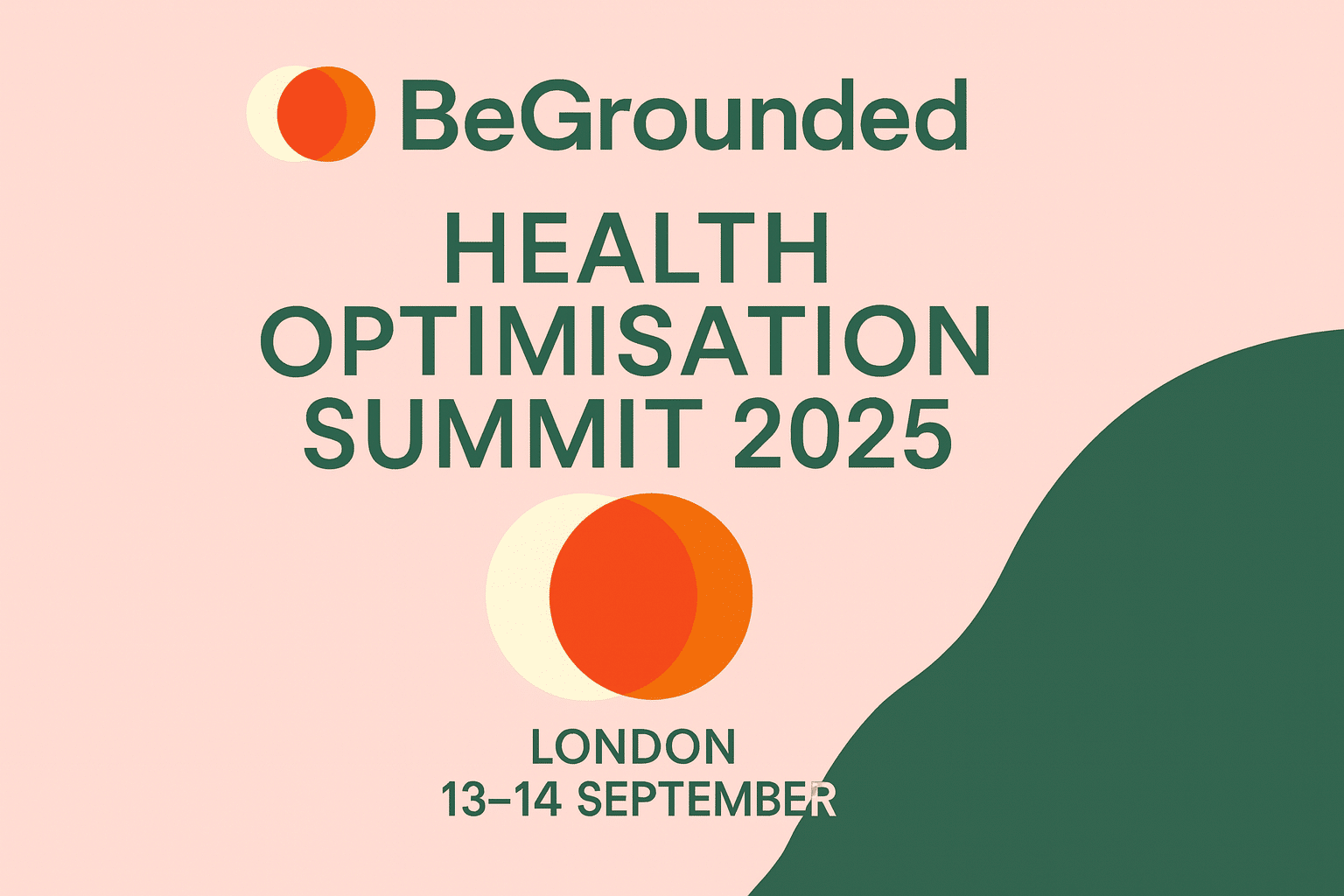
In our increasingly fast-paced world, anxiety is more than just a fleeting worry. It’s a condition that affects millions on a daily basis. When you’re in the grip of anxiety, it can feel like you’re disconnected from your body, your breath, and even your surroundings. That’s where grounding exercises can come in. Grounding techniques can help anchor you in the present moment, soothing your nervous system and bringing your awareness back.
At BeGrounded, we believe in blending holistic wisdom with evidence-based methods to restore balance. This article explores some anxiety grounding exercises that work for us. Obviously it is worth noting that everyone is different and these exercises may not have the same results. However, some of these are supported by science, including emerging studies on earthing and vagal tone.
1. The 5-4-3-2-1 Technique
This classic grounding & anxiety tool taps into your five senses to bring you into the present. It’s simple, discreet, and can be effective in moments of overwhelm.
How to do it:
- 5 things you can see
- 4 things you can touch
- 3 things you can hear
- 2 things you can smell
- 1 thing you can taste
By shifting focus to sensory details, this exercise may help to disrupt spiralling thoughts and brings the mind into a calmer, more regulated space.
2. Barefoot Earthing (Ground Contact)
Walking barefoot on natural ground such as grass, soil, or sand has been found to significantly reduce anxiety. Also known as earthing, this method allows electrons from the earth’s surface to interact with your body, leading to biological changes.
A pivotal study in Neonatology revealed that electrical grounding improves vagal tone, a key marker of parasympathetic nervous system activation, associated with calm and relaxation. Improved vagal tone helps reduce heart rate, ease digestion, and regulate emotional responses.
Try it: Spend 10–20 minutes walking barefoot outside daily, or use an indoor grounding mat during work or meditation.
3. Sleeping Whilst Using Grounding Products
Nighttime grounding is a powerful way to reset your body’s stress response while you rest. Using grounding sheets, pillowcases, or mattress pads allows your body to remain connected to the earth’s electrons throughout the night.
A 2004 study by Chevalier et al. found that participants who slept grounded had significantly lower nighttime cortisol levels and reported improved sleep and reduced stress. So you should feel more refreshed and ready to attack the day.
How to do it:
- Use a certified grounding product that connects to a grounded plug or rod.
- Sleep with bare skin in contact with the grounding surface.
- Track changes in your sleep quality, energy, and mood over 2–4 weeks.
This passive grounding allows your nervous system to recover naturally, supporting vagal tone and emotional balance over time.
4. Earthing While Journaling or Resting
Combining journaling with grounding intensifies both practices. Place your bare feet on a grounding mat, or sit outside on the earth while writing.
Journal prompt samples to think about:
- What is making me feel ungrounded?
- What do I need to release?
- What does my body need right now?
Even if you simply rest quietly, the combination of physical stillness and earth contact can help some people lower stress responses and help promote clarity.
5. Cold Shower Reset
Cold showers may not sound like a grounding exercise but they absolutely are. The immediate sensory shock of cold water pulls you into your body, regulates breathing, and engages the vagus nerve, which calms the nervous system. There are many scientific research studies to back this statement and one we found to be insightful was one from UCLA Health.
Benefits of cold showers:
- Activates the diving reflex, lowering heart rate
- Boosts vagal tone for emotional resilience
- Increases norepinephrine, improving alertness without panic
- Decreases cortisol, the body’s main stress hormone
How to do it:
- Begin with a warm shower.
- End with 15–30 seconds of cold water. Focus on your breath.
- Over time, increase to 2–3 minutes.
This “shock grounding” brings rapid focus and calm. Many people report feeling clearer, more present, and energised afterward and can say it definitely works for us.
Why Grounding Works: The Science Behind the Practice
Grounding is more than a wellness buzzword, it’s increasingly supported by emerging research. In addition to improved vagal tone and lower anxiety scores in animal models, studies like Chevalier et al. (2005) have shown that grounding reduces inflammation and improves mood in humans. This physiological regulation happens largely through balancing cortisol and enhancing parasympathetic dominance.


